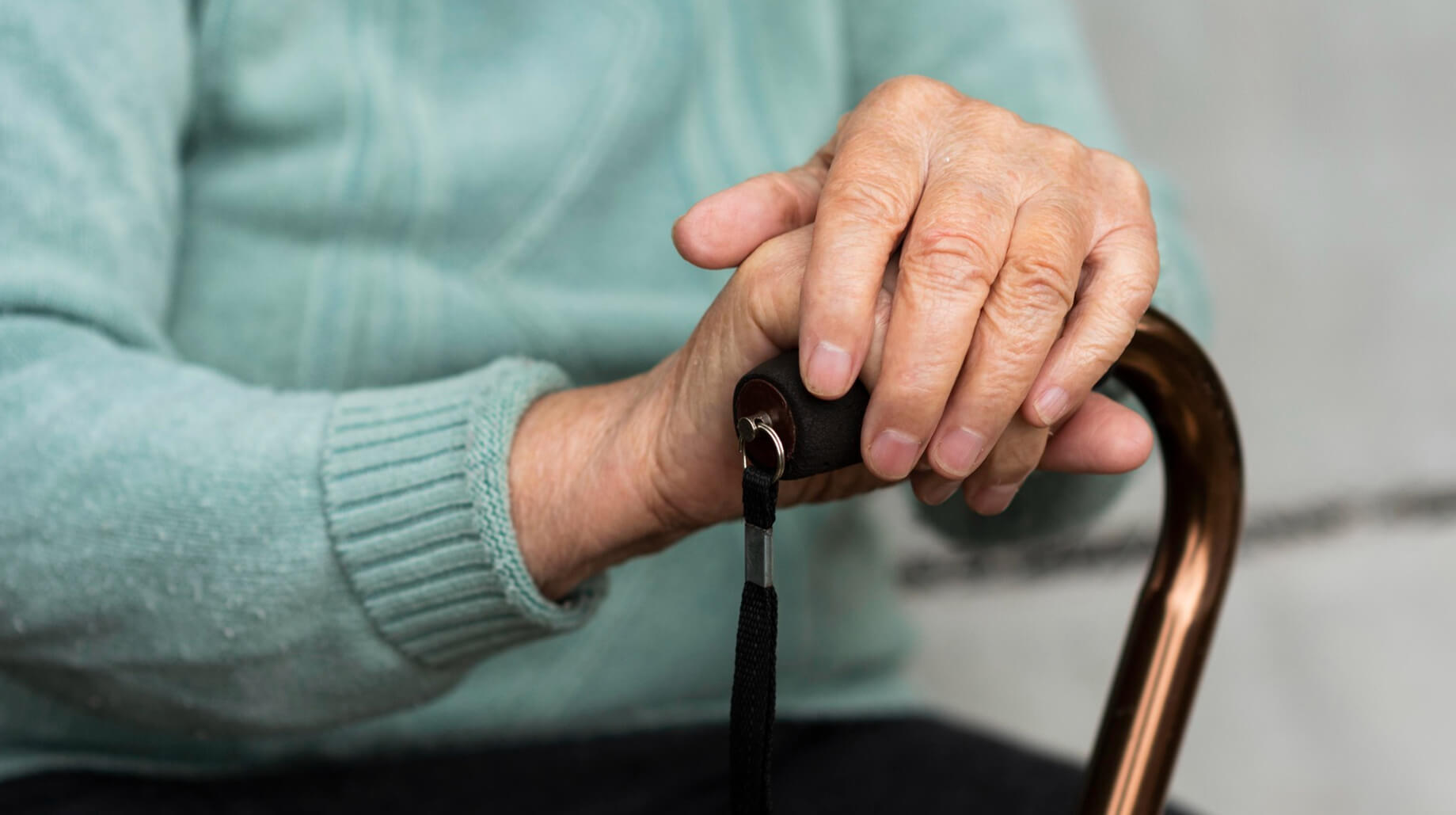Overview
The Oneida County Elder Abuse Program organizes a committee of representatives from area agencies and organizations to promote the awareness, recognition, intervention, and prevention of elder abuse in our community. Together we provide a coordinated response to the service needs of victims and other vulnerable persons.
IF YOU SUSPECT SOMEONE IS THE VICTIM OF ELDER ABUSE CALL US TO MAKE A CONFIDENTIAL REFERRAL AT (315) 798-5456.
How to make a referral regarding concerns about Elder Abuse:
- When you suspect financial exploitation, physical abuse, emotional abuse, sexual abuse or neglect call the Oneida County Office for the Aging & Continuing Care at (315) 798-5456.
- A new referral will be received by an intake worker who will ask for the following information:
- Name of the possible Victim
- Victim’s address
- Victim’s date of birth, if available
- The last 4 digits of the Victim’s Social Security Number, if available
- Name of the Referral Source*
- Type of suspected abuse and why abuse is suspected
- With whom initial contact should be made
- Any other pertinent information that will help the coordinator investigate
* Referral Source may choose to remain anonymous
What is Elder Abuse?
Elder Abuse may include physical, emotional, sexual abuse, financial exploitation, and/or neglect. It is found in all communities and is not limited to individuals of any particular race, ethnicity, cultural background, or socio-economic status. According to the best available estimates, between one and two million Americans aged 65 or older have been injured, exploited, or otherwise mistreated by someone. It is estimated that for each case of elder abuse, neglect, exploitation, or neglect reported to authorities, there are many more unreported.
Physical Abuse
The non-accidental use of force that results in bodily injury, pain, or impairment, including but not limited to, being slapped, burned, cut, bruised, or improperly physically restrained.
Indicators:
-
Injuries to the upper body, especially the face, neck, throat, chest, abdomen, or to the pelvic area
-
Bruises in the shapes of objects such as a belt or fingers
-
Burns in unusual locations, shapes, or sizes
-
Previous injuries in different stages of healing
-
Location of the bruising inconsistent with the victim’s explanations
-
Bi-lateral bruises
-
Evidence of drug or alcohol abuse by the victim or person accompanying the victim
-
Repeated use of emergency room services, possibly in different facilities
-
Delay between the incident causing the injury and presentation in the emergency room
-
Changes in demeanor or activity level (either observed through ongoing contact or reported by the victim)
-
Unwillingness to communicate
Sexual Abuse
Non-consensual sexual contact of any kind, including but not limited to, forcing sexual contact or forcing a sexual act with a third party.
Indicators:
-
Difficulty in walking or sitting without evidence of muscular-skeletal disease
-
Bruising on the inner thighs
-
Vaginal bleeding not associated with menses
-
Presence of sperm in the vagina or anus
-
Unexplained venereal disease or other sexually transmitted infection
Emotional Abuse
The willful infliction of mental or emotional anguish by threat, humiliation, intimidation, or other abusive conduct, including but not limited to, frightening or isolating the victim.
Indicators:
- Victim’s confusion (which is not otherwise indicated by an organic brain syndrome, malnutrition, dehydration, anesthesia, or inappropriate use of medication)
- Signs of depression (such as suicidal ideation, sleep disturbances, changes in appetite, psycho-motor agitation, and loss of interest in pursuing social contacts)
- Anxiety
- Passivity
- Evasiveness
- Fear
Financial Exploitation
The improper use of an adult’s funds, property, or resources by another individual. It may include, fraud, false pretenses, embezzlement, conspiracy, forgery, falsifying records, coerced property or monetary transfers, misuse of banking or credit cards, or denial of access to assets.
Indicators:
- Inability to pay bills for shelter expenses, food, appropriate clothing, or medications despite adequate income and resources
- Credit card bills from clothing or electronic equipment suppliers not likely to be frequented by the victim
- Anxiety when discussing finances
- Unusual transfers or assets to another person
Passive Neglect
The non-willful failure of a caregiver to fulfill caretaking functions and responsibilities usually caused by inadequate caregiver knowledge, infirmity, or disputing the value of available services.
Active Neglect
Willful acts over time by the caregiver to fulfill the caretaking functions and responsibilities of a caregiver. Active neglect may include failure to provide food/clothing/shelter, access to medical or long-term care services, assistance with activities of daily living, providing a safe environment, denying the victim access to the victim’s finances or property, and/or isolation from friends and other loved ones.
Self-Neglect
The inability, to perform tasks essential to caring for oneself, due to physical and/or mental impairments. Self-Neglect may include not obtaining essential food, clothing, shelter, medical care goods, and services necessary to maintain physical health/emotional well-being, general safety, and/or managing finances.
Indicators of Passive, Active, and Self-Neglect:
- Dehydration
- Malnutrition
- Hypo/hyperthermia
- Untreated skin ulcer(s)
- General deterioration of health
- Excessive dirt and odor
- Misuse of medications
- Failure to provide necessary equipment such as prosthetic devices, dentures, glasses, hearing aids, mobility device(s), and/or durable medical equipment
Factors that Have Been Shown to Bear a Significant Correlation to Abuse are:
- Physical or cognitive impairment of the victim
- Isolation of the victim
- Caregiver stress (abuse or neglect may be and often is unintentional)
- Dependence of the abusers on the victim
- Psychopathology or mental incapacity of the abuser
- Caregivers and strangers involved with a vulnerable or incapacitated adult’s care and financial management







